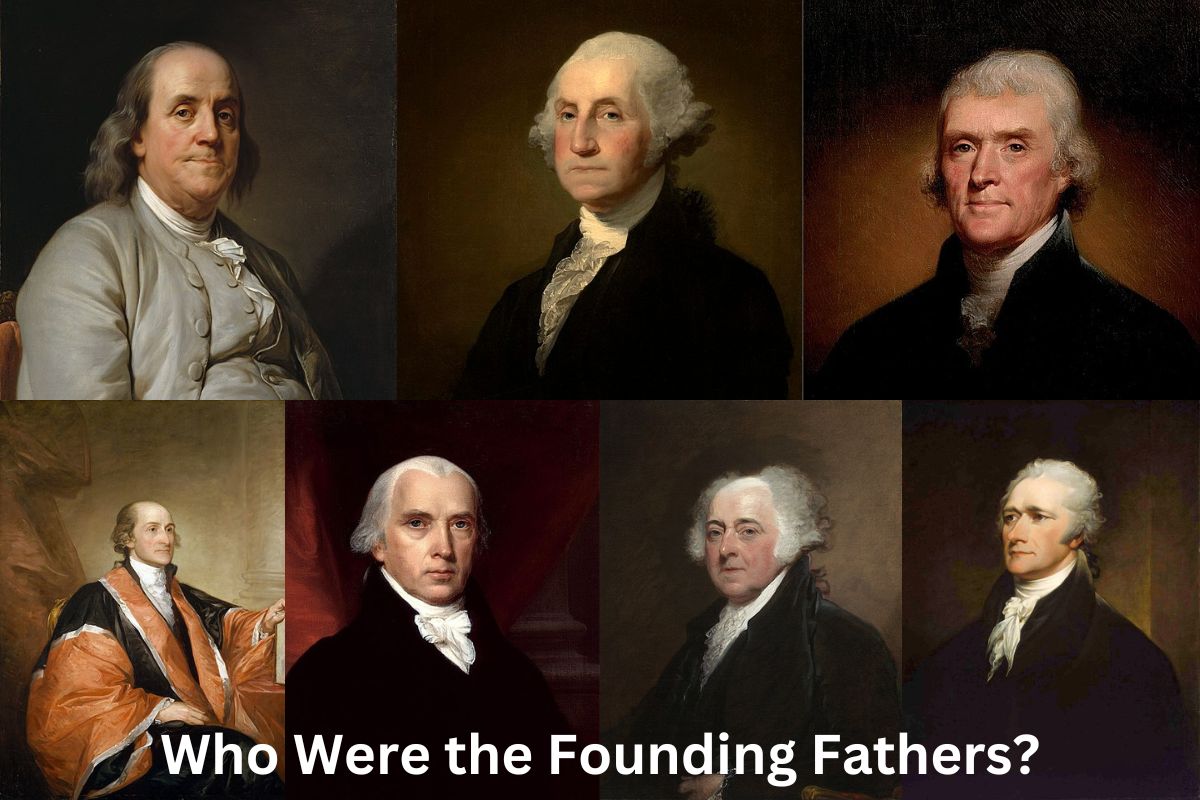The Founding Fathers of the United States were a collection of powerful leaders who were instrumental in establishing the United States as an independent nation.
They were most active during the American Revolution and the development of the United States Constitution.
The founding fathers were a group of political leaders, writers, and thinkers and include the following men:
- George Washington
- Thomas Jefferson
- John Adams
- James Madison
- Alexander Hamilton
- Benjamin Franklin
- John Jay
They were united by their belief in the ideas of liberty, democracy, and self-government, and they labored to build a new nation on these foundations.
The Founding Fathers’ efforts and legacy continue to affect the United States and its government to this day.
The 7 Founding Fathers of the United States
1. George Washington
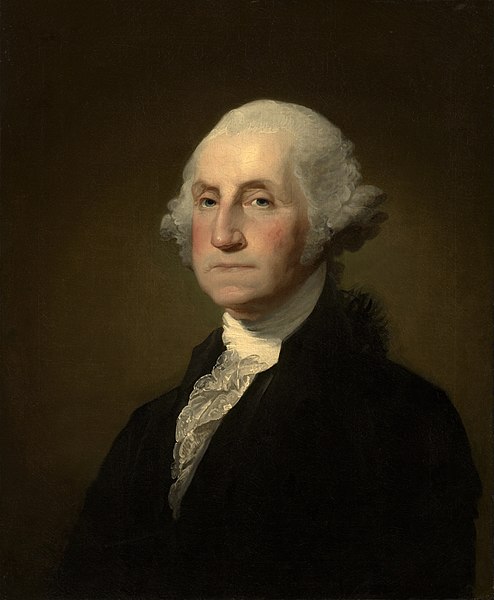
George Washington was the first president of the United States, serving from February 22 (in the Julian calendar) to December 14 (in the Gregorian calendar) (from 1789 to 1797).
Washington led the Patriot troops to victory in the American Revolutionary War as President of the Constitutional Convention in 1787 and Commander-in-Chief of the Continental Army.
He was also instrumental in the development of the United States Constitution and the federal government of the United States.
Also Read: Facts About George Washington
Washington acquired the title “Father of the Nation” for his visionary leadership during the country’s early years.
Many historians and ordinary Americans regard Washington as one of the greatest presidents in American history, and he is honored with monuments, Presidents Day, numerous media depictions, geographical landmarks (including the nation’s capital and the State of Washington), stamps, and coinage.
Washington was elevated to General of the Armies of the United States posthumously in 1976.
2. Thomas Jefferson

Thomas Jefferson served as the third President of the United States of America from the years 1801 until 1803. In addition to being a notable politician, diplomat, lawyer, architect, and philosopher, he was also one of the Founding Fathers.
Also Read: Accomplishments of Thomas Jefferson
He served as the second Vice President under John Adams and the first Secretary of State under George Washington.
Jefferson, the primary author of the Declaration of Independence, was an advocate for democracy, republicanism, and individual liberty, which inspired the American colonies to declare independence from the British Empire and establish a new nation.
Also Read: Declaration of Independence Facts
At the local, national, and international levels, he was responsible for the production of significant documents and judgements.
In the Continental Congress, the body that was responsible for ratifying the Declaration of Independence, Jefferson served as a delegate for his home state of Virginia. During his time as a legislator in Virginia, he was responsible for writing a statute to safeguard the freedom of religion.
During the Revolutionary War, he was Virginia’s second Governor from 1779 to 1781. His tenure spanned the years 1779 to 1781.
Jefferson was appointed as the first Minister of the United States to France in 1785, and then served as the first Secretary of State under President George Washington from 1790 until 1793.
3. John Adams
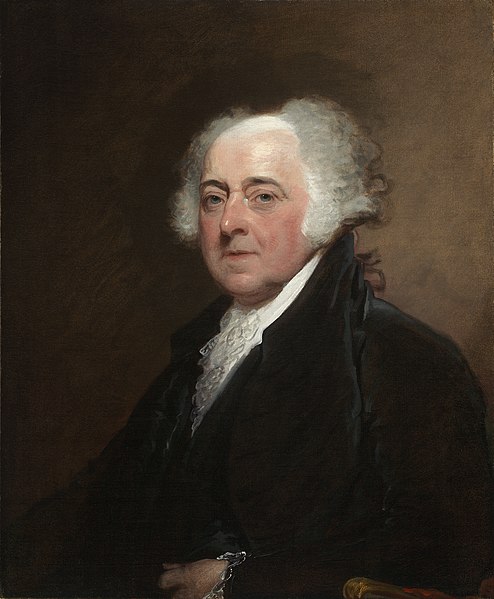
John Adams (October 30, 1735 – July 4, 1826) was an American statesman, lawyer, diplomat, author, and Founding Father who served as the country’s second president from 1797 to 1801.
Prior to his presidency, he was a leader of the American Revolution that led to the country’s independence from Great Britain, and he served as a diplomat in Europe during the war. He was twice chosen vice president, serving in a prestigious but powerless capacity from 1789 to 1797.
Adams kept a diary and corresponded often with many key contemporary figures, including his wife and adviser Abigail Adams, as well as his friend and adversary Thomas Jefferson.
Prior to the Revolution, Adams was a lawyer and political leader who believed in the right to counsel and the assumption of innocence. He resisted anti-British opinion by successfully defending British soldiers accused of murder in the Boston Massacre.
Adams was a Massachusetts delegate to the Continental Congress and a revolutionary leader. In 1776, he joined Jefferson in crafting the Declaration of Independence. As a diplomat in Europe, he was instrumental in negotiating a peace deal with the United Kingdom and obtaining critical government loans.
Adams was the principal author of the Massachusetts Constitution, which influenced the United States Constitution, as well as his article Thoughts on Government, which was published in 1780.
Adams served two years as Vice President under President George Washington before being elected President of the United States in 1796. He was the only president elected under the Federalist Party banner.
During his single term, Adams faced harsh criticism from Jeffersonian Republicans as well as some members of his own Federalist Party, led by his adversary Alexander Hamilton.
Adams signed the contentious Alien and Sedition Acts and strengthened the Army and Navy in the undeclared naval conflict (dubbed the “Quasi-War”) with France. During his presidency, he was the first president to live in the executive residence that is now known as the White House.
Adams lost his reelection attempt to his vice president and longtime buddy Jefferson, owing to resistance from Federalists and accusations of authoritarianism from Jeffersonians. He retired to Massachusetts.
He finally rekindled his connection with Jefferson by starting a fourteen-year correspondence. He and his wife founded the Adams political family, which included politicians, diplomats, and historians. It features their son, the sixth president, John Quincy Adams.
John Adams died hours after Jefferson on July 4, 1826, the fifty-fifth anniversary of the passage of the Declaration of Independence. Adams and his son are the only two of the first twelve presidents who never owned slaves. His government has been rated positively by historians and scholars.
4. James Madison

James Madison (1751-1836) was an American statesman, lawyer, and one of the founding fathers of the United States. He is widely regarded as the “Father of the Constitution” because of his key role in the development of the United States Constitution and contributions to the Federalist Papers.
Madison was a delegate to the 1787 Constitutional Convention and an outspoken supporter of strong central authority and the adoption of the United States Constitution. He also contributed to the Federalist Papers, an anthology of essays describing and defending the proposed Constitution.
Madison served as the fourth President of the United States, from 1809 to 1817, and was a pivotal participant in the War of 1812. He is renowned for his contributions to the evolution of American political thought, particularly his support for the principle of separation of powers and the formation of a federal government.
Also Read: Founding Fathers Facts
Madison is also well-known for his contributions to the Bill of Rights, the first ten amendments to the United States Constitution, and his role as an early leader of the country.
He is still acknowledged as one of the most prominent figures in American political history, and his influence continues to shape contemporary American political thought and discussion.
5. Alexander Hamilton

Alexander Hamilton (January 11, 1755 – July 12, 1804) was an American military officer, statesman, and Founding Father who served as the United States’ first Secretary of the Treasury from 1789 to 1795.
Hamilton was raised by a wealthy businessman after being orphaned as a child after being born out of wedlock in Charlestown, Nevis. He studied in New York before enlisting as an artillery officer in the American Revolutionary War.
Also Read: Accomplishments of Alexander Hamilton
Hamilton took part in the operations in New York and New Jersey, served as an advisor to General George Washington for several years, and was instrumental in achieving American victory at the Siege of Yorktown. Following the war, Hamilton represented New York at the Confederation Congress.
He left the practice of law to found the Bank of New York. In 1786, Hamilton led the Annapolis Convention to replace the Articles of Confederation with the Constitution of the United States, which he helped ratify by writing 51 of the 85 portions of The Federalist Papers.
As a trusted member of President Washington’s first cabinet, Hamilton managed the Department of the Treasury. He envisioned a powerful national military, an industrial economy, and a centralized government commanded by a tough president.
He successfully argued that the implied powers of the Constitution gave him the legal authority to cover the national debt, assume state debts, and establish the First Bank of the United States, which was funded by an import tariff and a whiskey tax.
He was an outspoken supporter of the Jay Treaty, which restored beneficial commercial ties between the United States and a succession of weak French Revolutionary rulers.
The Federalist Party was built on Hamilton’s ideals, which were contested by Thomas Jefferson’s Democratic-Republican Party.
6. Benjamin Franklin
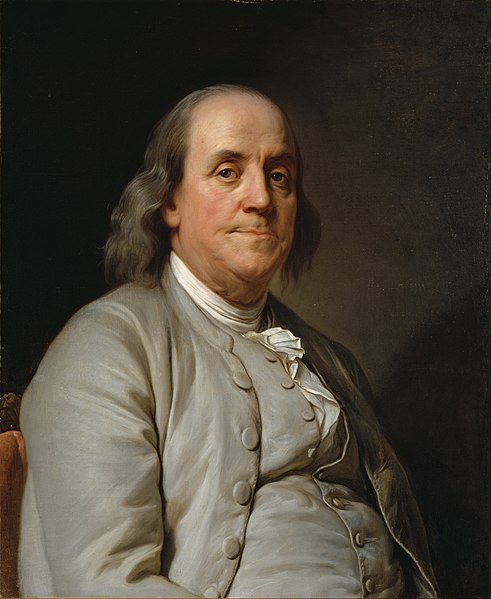
American Benjamin Franklin was a prolific author, physicist, inventor, statesman, diplomat, printer, publisher, and political philosopher who was born on January 17, 1706 and died on April 17, 1790.
Benjamin Franklin was not just the first Postmaster General of the United States, but also one of the Declaration of Independence’s drafters and signers.
Also Read: Accomplishments of Benjamin Franklin
Franklin became a national hero in America as an envoy for numerous colonies after spearheading the effort in London to have the unpopular Stamp Act repealed by the Parliament of Great Britain.
During his tenure as the American diplomat in Paris, he earned the French people’s respect and played an important part in fostering friendly relations between the United States and France. His efforts were critical in persuading France to back the American Revolution.
He was active in politics at the local, colonial, state, national, and international levels. He was the ruler of the state from 1785 until 1788.
Former slave owner and trader, he was an outspoken advocate for black literacy and full participation in American society by the 1750s.
7. John Jay
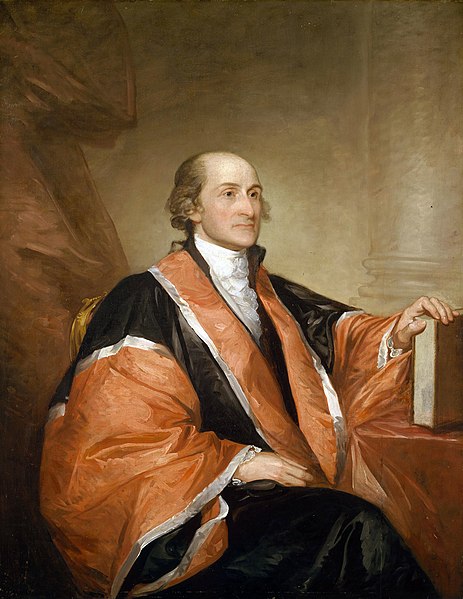
John Jay was an American statesman, patriot, diplomat, abolitionist, Treaty of Paris signatory, and United States Founding Father who died on May 17, 1829.
Also Read: Facts About the Treaty of Paris
He was New York’s second governor and the country’s first chief justice. He was a significant role in the Federalist Party after the United States Constitution was enacted in 1788, and he handled US foreign affairs for much of the 1780s.
Jay was born in New York Municipal into a wealthy family of merchants and city officials of French Huguenot and Dutch descent. He became a lawyer in the run-up to the American Revolution and joined the New York Committee of Correspondence, which organized American opposition to British policies such as the Intolerable Acts.
Jay was elected to both the First and Second Continental Congresses, where he signed and served as president of the Continental Association. From 1779 until 1782, Jay served as ambassador to Spain, urging Spain to provide financial support to the embryonic United States.
He also negotiated the Treaty of Paris, which acknowledged American independence. Following the war, Jay was appointed Secretary of State, in charge of US foreign policy under the Articles of Confederation government. He also served as the first Secretary of State on an interim basis.
Jay, a believer of strong, centralized government, lobbied for the ratification of the United States Constitution in New York in 1788. He collaborated on five of The Federalist Papers’ eighty-five essays alongside Alexander Hamilton and James Madison.
Following the establishment of the new federal government, President George Washington appointed Jay to the office of Chief Justice of the United States, which he served from 1789 until 1795. The Jay Court had a light caseload, ruling on only four cases in six years.
Jay negotiated the highly contentious Jay Treaty with Britain while working as Chief Justice in 1794. Jay received a handful of electoral votes in three of the first four presidential elections, although he never really considered running for president.
